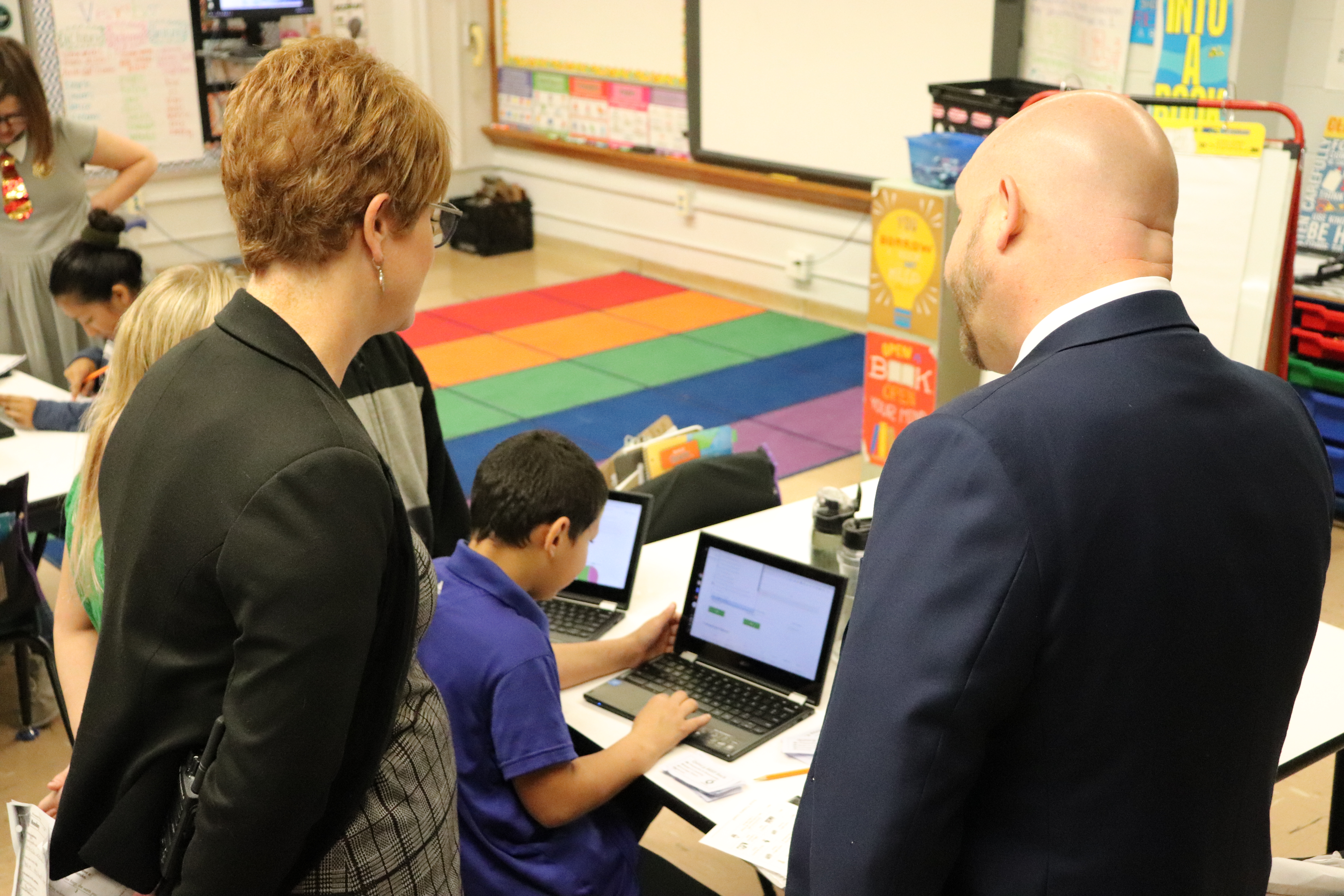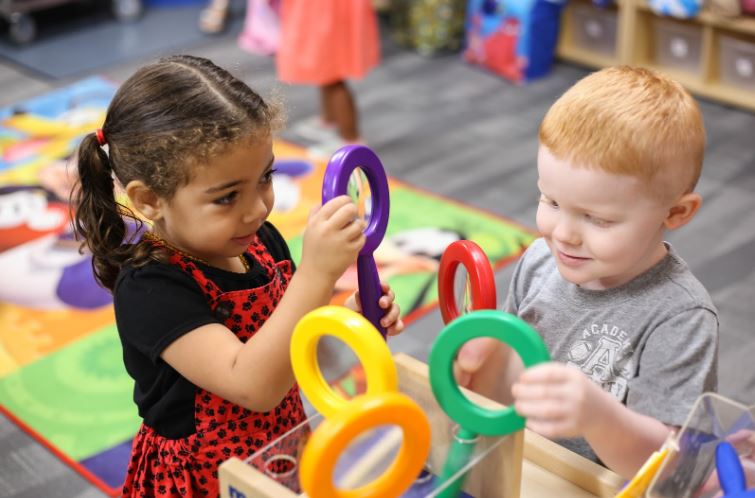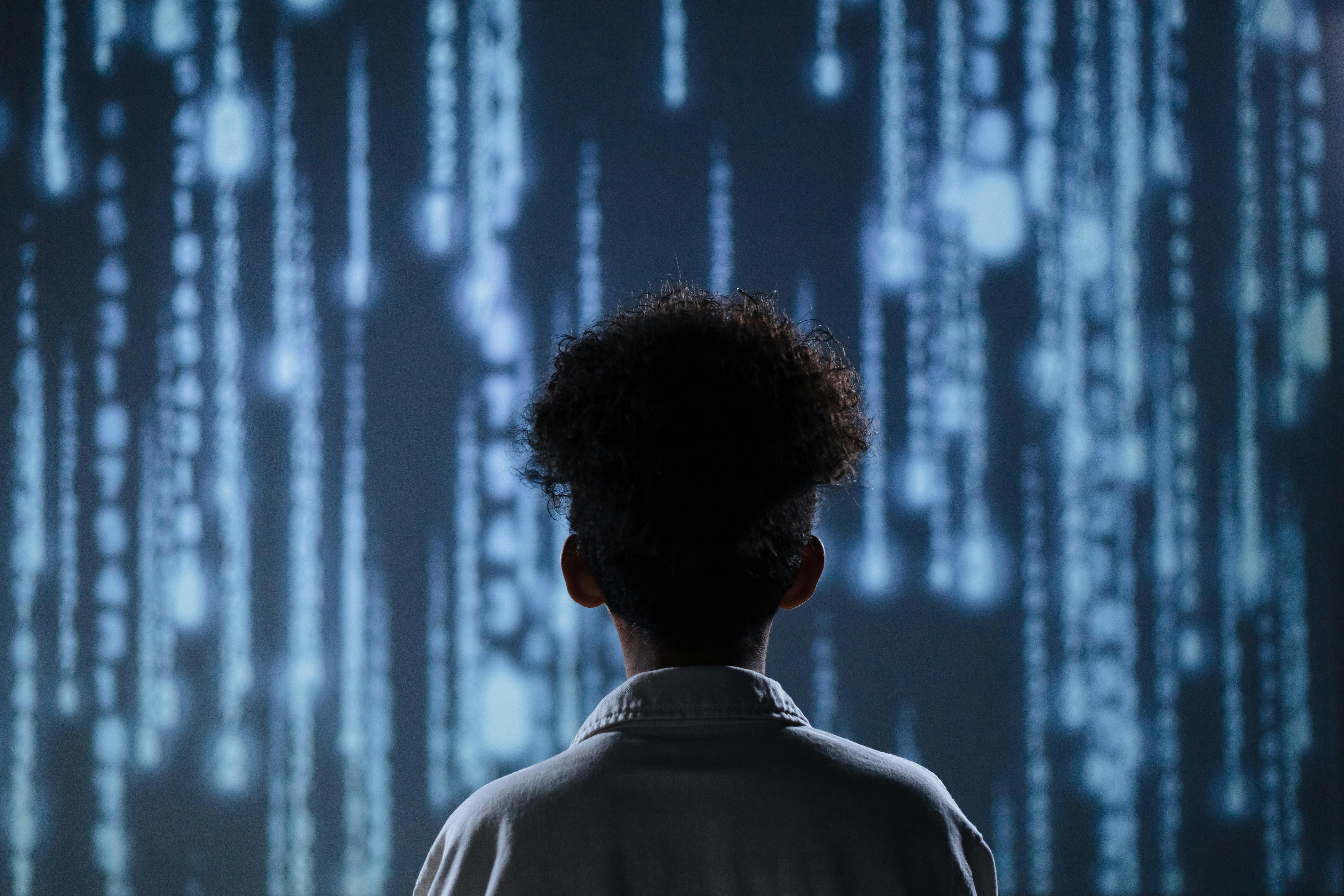How to Build Inclusion through Edtech
Topeka Public Schools is using edtech to close opportunity gaps and support remote learning

Dr. Tiffany Anderson, Superintendent of the Topeka Public Schools, discusses how incorporating edtech, such as Discovery Education’s Experience, complements their unique programs designed to close opportunity gaps and create a truly inclusive educational experience for all students.
“The classroom is no longer confined by brick and mortar, it is a global classroom,” says Anderson. “We are teaching teachers how to instruct differently—taking students on virtual field trips, on digital learning walks around the world—educating in an exciting new way.”
Topeka Public Schools has launched micro classrooms this year, so all elementary students are in classes of 15 or less everyday, says Anderson. Having such small groups allows educators to catch up students on learning from last year, and by giving access to students at home through 1:1 technology, parents can help those behind in certain areas to close the academic gap. Almost 2,000 students are participating in full remote learning this fall, with 11,500 students attending class in person.
All the district’s curriculum coordinators have been reassigned to elementary classroom teachers to support teaching the students who are completely remote, says Anderson. Classrooms have been fitted with cameras and mics so hybrid and remote older students can Zoom in real time for lectures, and all students can work synchronously on assignments.
Discovery Education’s Experience also includes a full suite of coding, which is part of the district’s K-12 curriculum, says Anderson. “Now, we can assign students a variety of activities they can engage with, whether remote learning or in the classroom,” she says, adding that it also allows students to move seamlessly in and out of quarantine or to change their learning mode from remote to in-person as needed. “The other exciting piece is the level of quality professional development we are able to give teachers.”
Access and innovation, for all
The district also oversees the local juvenile correctional facility, with teachers educating the students there. “The academic gaps for students incarcerated at an early age are significant,” says Anderson.
By using an online curriculum, which students in the facility have access to, it extends academic learning in an innovative way to help reduce the school-to-prison pipeline for young-in-age students in facilities who are really getting back on the right track, says Anderson. “We can now give access and opportunity they wouldn't have had before,” she adds.
Tech & Learning Newsletter
Tools and ideas to transform education. Sign up below.
The distinct is in the process of rolling out a parent professional development program, so families of incarcerated students can access the tools and resources to help students succeed. “This will be a different student that is leaving that facility than before,” says Anderson.
Topeka Schools is also faced with the challenge of 600 students who are homeless. At the local rescue mission where many of these families live, students can engage with all of the curriculum items online in user-friendly video form. “You just type ‘cellular function’ or ‘Constitution’ and tons of content pops up,” says Anderson. “Pure engagement and learning on the topic.”
Whether homeless, incarcerated, free lunch, two-parent home, upper middle class—there's no stigma, everyone is using the same resource, says Anderson. “It allows us to reimagine the classroom and give everyone this robust, engaged digital learning experience for a unique and global education,” she says. “This is educational equity for all.”

Creative connections
Topeka Public Schools has addressed the digital divide so students are entering the fall without concerns about wifi or access. The district doesn’t have broadband, but has created a partnership with the local Cox cable company, who has offered to subsidize a monthly basic cable bill with wifi for any parent who completes a free lunch form.
“It encourages them to get their forms in and ensures we have guaranteed revenue coming in to help cover expenses so we can cover an entire zip code with access,” says Anderson.
A clergy group has provided support for certain zip codes, as well.
After negotiating a reduced rate, the district spends about $250,000 annually to provide municipal bus passes for high school students (rather than have them use public school buses), which can also be used on weekends or in the evenings for transportation to work or other needs.
Flexibility for success
Twilight School is available for high school students who need a flexible schedule, especially if they are the main caregiver or breadwinner for their family. “We began to think outside the box,” says Anderson. “Why does school need to be 8 a.m. to 3 p.m.? Why can't we stagger staff shifts and offer school when they get off starting at 2 p.m. or 4 p.m.?” The unique extension has now become a natural solution to some social distancing needs by spreading out students.
The district also doesn’t make parents come to the school for conferences. Teachers go to the grocery store or a laundromat, or connect with parents during a ballgame. “It's all about meeting them where they are, on their own turf, and getting them the resources they need for student success,” says Anderson.
“When you have a challenge, you have the opportunity to find the gifts in that challenge,” says Anderson. “In the challenge of this pandemic, it is a gift to move teaching and learning beyond the borders of brick and mortar, to really transform what instruction looks like on a digital platform, to engage students and parents and close opportunity gaps. That's the challenge we have before us and it's exciting to take on.”
Tech tools
- iPads (PK-1), Lenovo Chromes (2-12) with built-in webcams and microphones
- USB webcams for staff
- Promethean Boards/Interactive Whiteboards
- Document cameras
- Mac/Apple labs for CTE and Art
- iPads with Splashtop App to access interactive functions of a Promethean Board
- Mobile hotspots (for students with special circumstances)
- For coding and robotics: Dash/Cue robots, Lego Competition Robotics, Spheros, 3D printers, Parrot Mambo Drones, Google Made with Code, Google CS First, Scratch, Tynker (high school), and Discovery Education Coding. Actual robots will be used in the micro classrooms. All of the software can be assigned for home/remote use.
- Voice amplifiers for staff to help students hear the teacher's instruction while the teacher is wearing a mask.
Sascha has nearly two decades of experience as a freelance journalist writing for national magazines, including The Washington Post, LA Times, Christian Science Monitor, National Geographic Traveler, and others. She writes about education, travel and culinary topics.

